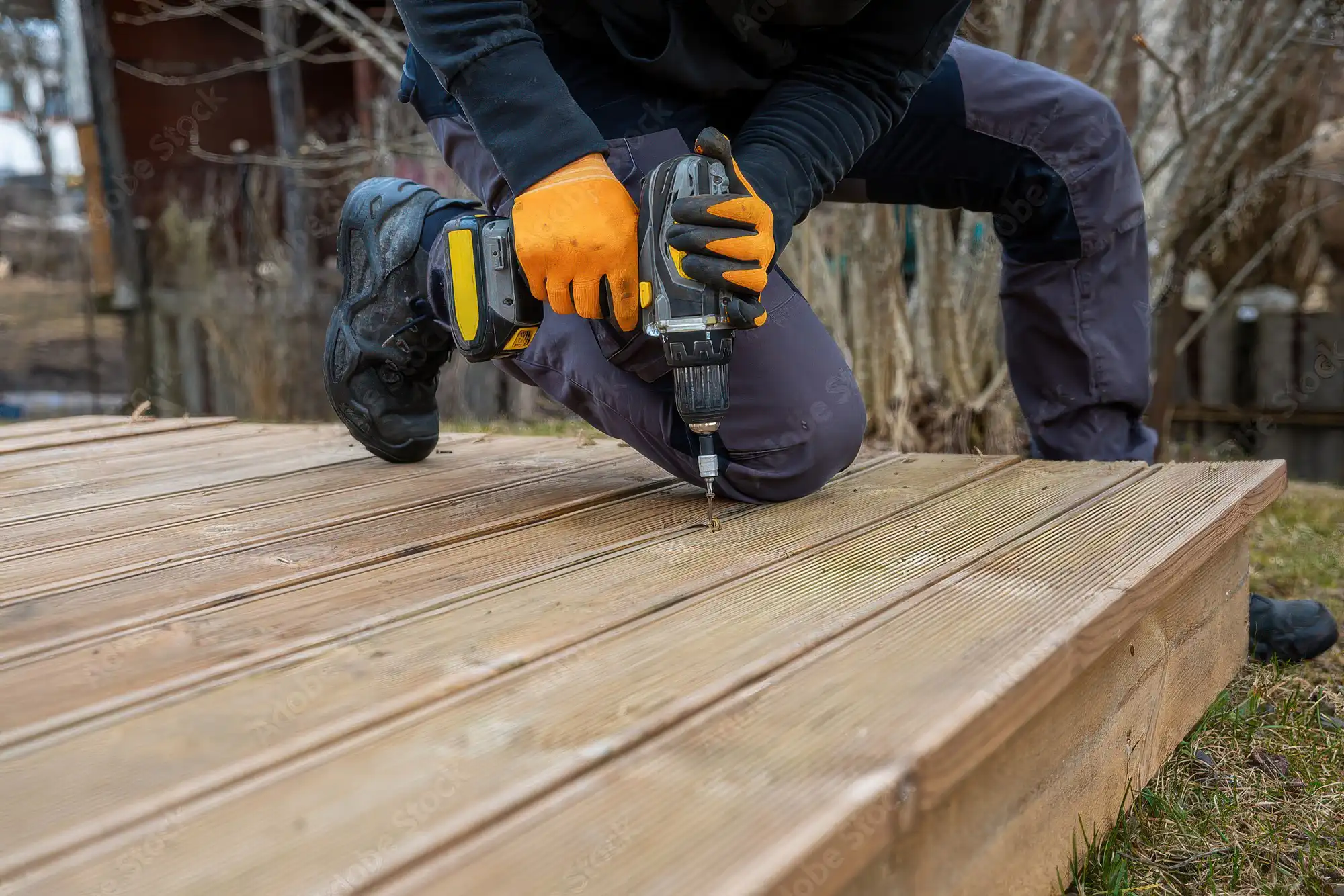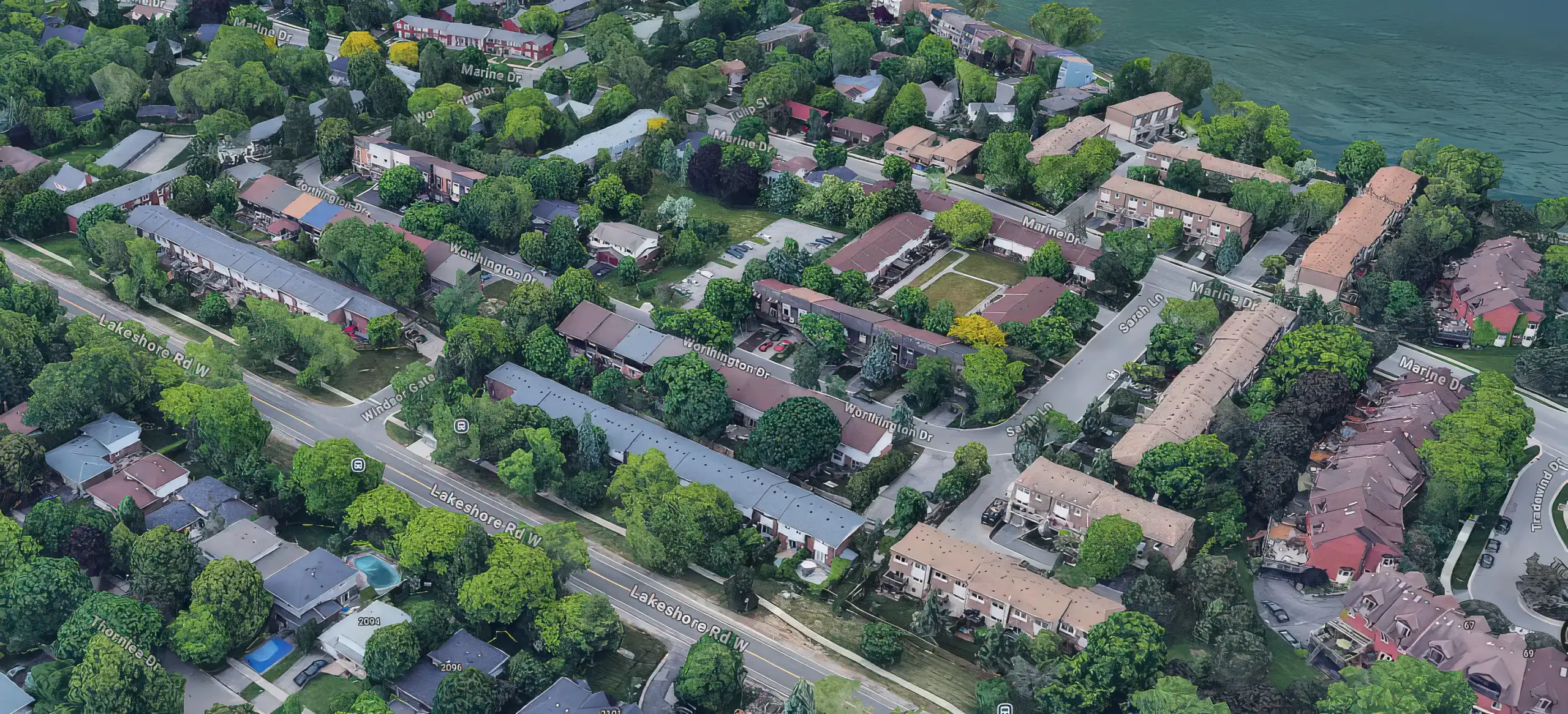Understanding the Basics: Ultimate Deck Design
A deck is more than just an outdoor extension of your living space. It’s a sanctuary, a place where you can unwind, entertain, and soak in the beauty of the outdoors. The ultimate deck design should be a reflection of your personal style, a complement to your home’s architecture, and a harmonious fit within your landscape.
Understanding the basics of deck design is the first step towards creating your dream outdoor space. It’s about more than just picking the right materials or choosing the right size. It’s about envisioning the atmosphere and functionality you want to create. Do you see yourself hosting summer barbecues, or do you prefer a quiet space for morning coffee and bird-watching? Your vision will guide your design choices, ensuring your deck is a place you’ll love spending time on.
Planning Your Ultimate Deck Design
The planning stage is a crucial part of deck design. It’s during this phase that you’ll make key decisions that will shape your deck’s function, look, and feel. Start by considering the purpose of your deck. Will it be a dining area, an entertainment hub, or a peaceful retreat? The function of your deck will influence its size, layout, and features.
Next, think about the location and orientation of your deck. Ideally, your deck should offer the best views of your property, provide privacy from neighbors, and have the right balance of sun and shade. You’ll also want to consider how the deck connects to your home. Is there a natural flow from the indoors to the outdoors? Is the transition smooth and inviting? These are all important factors to consider during the planning phase.
Choosing the Right Materials: Your Ultimate Deck Design
The materials you choose for your deck can significantly impact its appearance, durability, and maintenance requirements. Wood is a popular choice for its natural beauty and affordability. However, it requires regular maintenance to keep it looking its best.
Composite decking is another option. It’s more durable and requires less maintenance than wood, but it’s also more expensive. When choosing materials, consider not only the initial cost but also the long-term maintenance costs. The right materials can enhance your deck’s beauty and ensure it lasts for many years.
Incorporating Safety Features
Safety should be a top priority in your deck design. This is especially important if your deck is elevated or if you have young children. Ensure your deck has sturdy railings and secure stairs. Adequate lighting is also essential, especially for evening use.
Avoid any construction mistakes that could compromise the safety and stability of your deck. For example, ensure the deck is properly anchored to your home and that the footings are deep enough to provide a stable foundation.
Adding Functional Features
Consider adding functional features to your deck design. These could include built-in seating, a fire pit, an outdoor kitchen, or a hot tub. These features can enhance the usability and enjoyment of your deck.
Built-in seating, for example, can provide plenty of space for guests without the need for additional furniture. A fire pit can create a cozy atmosphere for evening gatherings, while an outdoor kitchen can make outdoor dining a breeze.
Enhancing Aesthetics
Aesthetics are crucial in the ultimate deck design. Consider incorporating design elements that add visual interest to your deck. These could include a mix of horizontal and vertical lines, contrasting colors, or unique patterns.
For example, you might choose a two-tone color scheme for your deck and railings to create contrast. Or, you could use a herringbone or chevron pattern for the deck boards to add a touch of sophistication.
Landscaping Around Your Deck: Your Ultimate Deck Design
Landscaping around your deck can enhance its beauty and create a seamless transition between your deck and the rest of your yard. Consider adding plants, flowers, or even a water feature.
Plants and flowers can add color and texture to your deck area, making it feel more inviting. Choose plants that complement your deck design and thrive in your local climate. A water feature, such as a small pond or fountain, can add a sense of tranquility to your deck area.
Considering Accessibility
Your deck should be easily accessible from your home. Consider the location of doors and windows when planning your ultimate ultimate deck design. Also, ensure there are easy-to-navigate paths from your deck to other areas of your yard.
Accessibility also means designing a deck that everyone can enjoy. If you or a family member has mobility issues, consider incorporating features like ramps or wide, gently sloping stairs.
Planning for Maintenance
Maintenance is a crucial aspect of deck ownership. Choose materials and finishes that are easy to clean and maintain. Also, consider how seasonal changes might affect your deck and plan accordingly.
For example, if you live in a region with harsh winters, you’ll need to prepare your deck for the cold months. This might involve sealing the wood, removing outdoor furniture, and clearing the deck of snow and ice.
Hiring a Professional: Your Ultimate Deck Design
While DIY deck building can be rewarding, hiring a professional can ensure your deck is designed and built correctly. They can help you avoid common mistakes and ensure your deck is safe and durable.
A professional can also provide valuable advice on design and material choices. They can help you navigate building codes and permits, and they can manage the construction process to ensure a smooth and timely completion of your deck.
In conclusion, the ultimate deck design is a blend of aesthetics, functionality, and safety. It should reflect your personal style, meet your needs, and provide a comfortable and enjoyable outdoor living space.
FAQs
1. What is the best material for decking?
The best material for decking depends on your budget, maintenance preference, and aesthetic preference. Wood is a popular choice for its natural beauty, but it requires regular maintenance. Composite decking is more durable and requires less maintenance.
2. How can I make my deck more private?
You can make your deck more private by adding a privacy screen, lattice, curtains, or even plants and shrubs.
3. How big should my deck be?
The size of your deck should be determined by its intended use, the size of your yard, and your budget. A good rule of thumb is to design your deck to be as large as the largest room in your house.
4. How can I add shade to my deck?
You can add shade to your deck by installing a pergola, awning, or canopy. Alternatively, you can plant trees or tall plants around your deck.
5. How often should I maintain my deck?
It’s recommended to clean and inspect your deck at least once a year. If your deck is made of wood, you may need to reseal it every 2-3 years.
Visit our website to find a location closest to you, or to contact a deck designer today!
Follow us on Facebook and Instagram for more deck design ideas.
Follow us on Facebook and Instagram for more deck design ideas.



